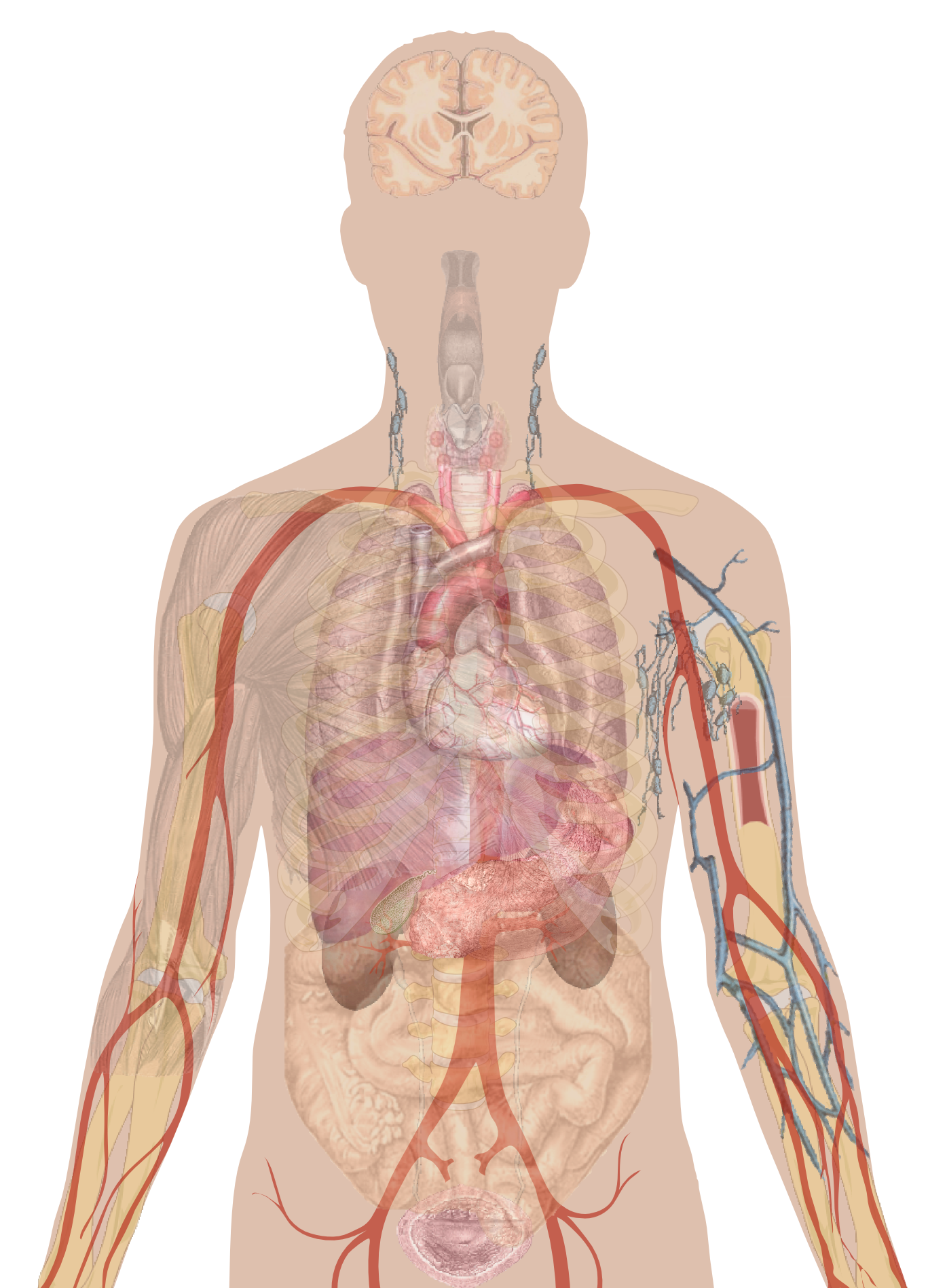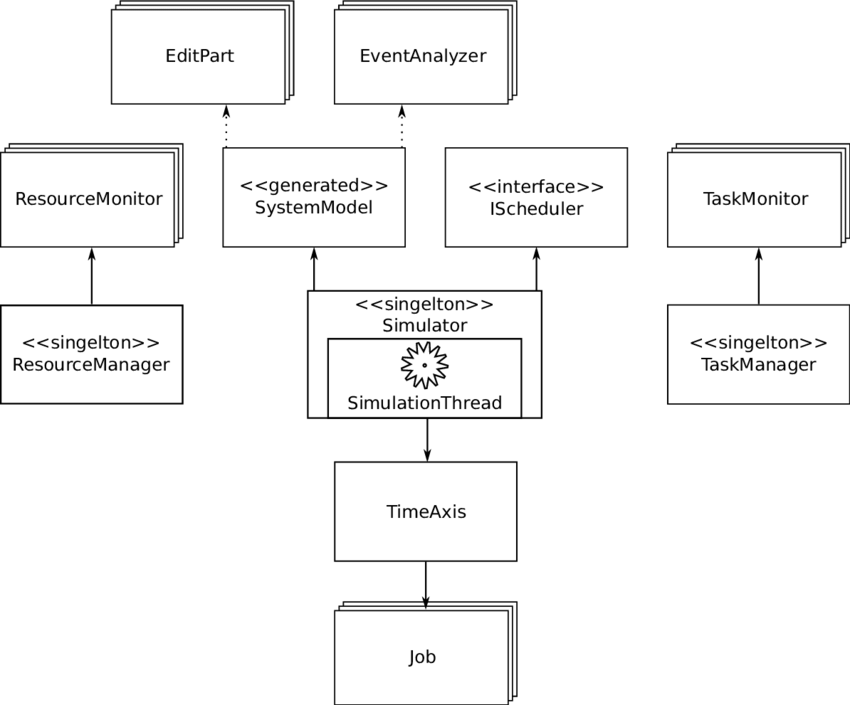

An algorithm not only defines and demarcates the boundaries of human knowledge production but are themselves defined by a strata of different scalabilities. To explain this I borrow Tarleton Gillespie’s notion of the algorithm as synecdoche: we describe an algorithm as a totality when in fact it is an assemblage of constituent parts. A software assemblage has its distinctly technical elements, for example the proverbial ‘front’ and ‘back’ ends. If we travel one strata level closer we uncover various specific objects and functions communicating with one another within the code. Then there is the machine code itself, the most base level action above the transmission of electrons in the circuitry of the machine. If we propel ourselves further out to the outer strata of the software assemblage we see the human decisions, developers and commissioners and datasets all based on the whims, skills and needs of those who (indirectly or directly) construct and sustain a softwares existence. We see here a macro-micro scale that connects the seemingly ‘objective’ machine code towards the seemingly ‘subjective’ human. Perhaps these two polar stratas are not so different after all. In the same way we peel back the guise of the objective, perhaps we must peel back the guise of the subjective too.
This metaphor also applies in a way to the body, the body as synecdoche. We see a holistic, synecdochic body as the subjective, feeling, thinking human. Of course the body is made up of strata: from cells>organs>body>society. A body is constituted of many individual parts: studied as the objective by scientists world over. However the body is also situated in a culture, in a context; a body has a praxis. To ignore this chain of strata would be ignorant of the whole body, no?
Perhaps we can use Deleuze here, this body metaphor pleases the disaster snail as it reminds them of the body without organs. Deleuze was inspired by the French writer Antonin Artaud, who mused on the writings of Nietzche and said:
“When you will have made him a body without organs,
then you will have delivered him from all his automatic reactions
and restored him to his true freedom.”
Deleuze wrote extensively on Spinoza, who diverged from the Cartesian zeitgeist of rationality of the time and believed the body was a larger assemblage of substance and essence, rather than a rational soul or mind trapped in an organic body. The complex, layered collection of parts within a body consist a whole and the essence that makes us think is the same essence that makes limbs move and blood pump. The Deleuzian body without organs acknowledges all of the stratas both within the ‘biological body’ and also within the cultural, social and epistemological body. The body without organs is free to roam all the layers of its existence and in a way breaks down the dichotomy of object/subject. It belongs to the plane of immanence, an ontology of egalitarianism in which all stratas exist in the same level of metaphysical definition. There is no longer an internal or external, a mind and a body, an objective or a subjective
What does this mean for the algorithm? An algorithm without organs? Well we have peeled away the guise of the objective, and thus peeled away the guise of the subjective. The many human and technical aspects that go into constructing the synecdochic software can be flattened, the assemblage spread onto a single plane. It’s position as an ‘authoritative system’ is broken down, it is no longer the unbiased maker of rational decisions. Instead it is another decision maker, one side by side with the body without organs. It is the procedural creation of an assemblage of equal parts, different in scale but united by their being.
What layers do we encounter when we slowly peel back the guise of the objective?
References
Algorithm [draft] [#digitalkeywords], Tarleton Gillespie, 2014
Spinoza: Practical Philosophy, Gilles Deleuze, 1970
A Thousand Plateaus, Gilles Deleuze and Felix Guattari, 1980
To Have Done with the Judgment of God, Antonin Artuad, 1947
back to home